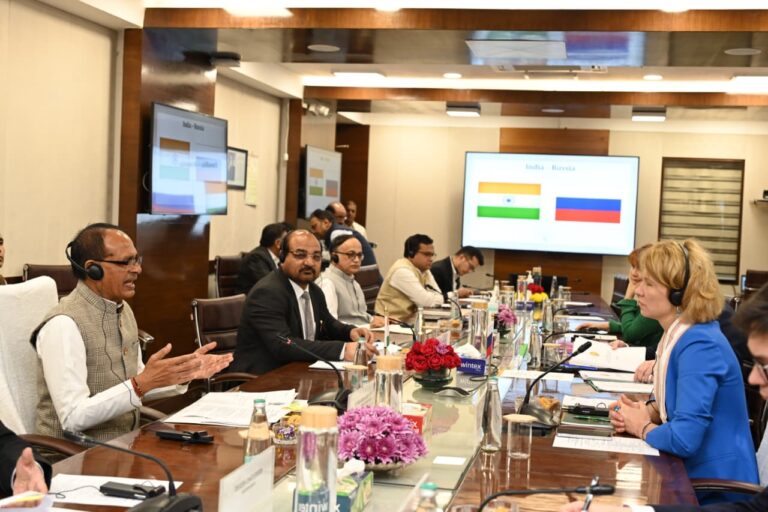
New Delhi: Studies by the Wadia Institute of Himalayan Geology (WIHG) report an increase in hazards related to shrinking glaciers and other processes in the glaciated and peri-glacial regions of Uttarakhand. These hazards include Glacial Lake Outburst Floods (GLOF), debris flows, and moraine failures.
However, as per information provided by the State Government of Himachal Pradesh, during the last decade, no such disaster resulting from glacier melt has been reported in the State.
According to information provided by various States and expert Institutions, some of the major glacier-related disasters that occurred in the last one decade, are as below:
| State/ UT | Number of glacier-related disasters | Years |
| Uttarakhand | 2 | 2013, 2021 |
| Ladakh | 1 | 2021 |
| Sikkim | 1 | 2023 |
Taking serious note of the melting of glaciers due to climate change, the Minister of State for Environment, Forest and Climate Change, Kirti Vardhan Singh, in a written reply in the Rajya Sabha today, stated that the government has undertaken various scientific studies on glaciers, including on glacier melting, through several Indian Institutes, Universities and Organizations funded through various Ministries/ Departments like Ministry of Earth Sciences (MoES), Department of Science & Technology (DST), Ministry of Environment, Forest and Climate Change (MoEF&CC), etc.
For instance, monitoring of six glaciers in the Chandra Basin, Himachal Pradesh is undertaken by the National Centre of Polar and Ocean Research (NCPOR), to understand the differential response of glaciers to climate change and its impact on downstream hydrology.
A study conducted by NCPOR indicates that two major glacial lakes (Samudra Tapu and Gepang Gath) of Chandra Basin have shown substantial expansion in their area and volume over the last five decades (1971-2022), which is significant in terms of their hazard potential for glacial lake outburst floods (GLOF).
DST has also funded Research & Development projects to study different aspects of glaciers. The Divecha Centre for Climate Change at the Indian Institute of Science (IISc), Bengaluru, is mapping existing and potential glacier lakes, identifying numerous sites in Sikkim and Uttarakhand that could potentially cause flash floods in the region. Additionally, the DST has established a Network Programme on the Himalayan Cryosphere, supporting six projects focused on different thematic areas of glacier research under the National Mission on Sustainable Himalayan Ecosystem (NMSHE).
The Department of Water Resources, River Development and Ganga Rejuvenation (DoWR, RD & GR), Ministry of Jal Shakti (MoJS) has established a Centre for Cryosphere & Climate Change Studies at the National Institute of Hydrology (NIH), Roorkee, in the year 2023, to facilitate effective management of snow and glacier resources in the country to address the concern of water availability in future.
The Geological Survey of India, Ministry of Mines has conducted mass balance studies on nine glaciers and carried out secular movement studies on 90 glaciers to assess the recessional and advancement pattern of the glacier.
The G.B. Pant National Institute of Himalayan Environment (GBPNIHE), an autonomous institute of the MoEF&CC, also has been involved in glacier studies in the Himalayan region which includes snout monitoring, melt rate, mass balance and water quality and hydro-meteorological studies through field measurements and remote sensing approach. A discussion paper on “Himalayan Glaciers: A State-of-Art Review of Glacial Studies, Glacial Retreat and Climate Change” was prepared by the Institute to facilitate informed science-based discussion and policy planning on critical environmental issues of Himalayan glaciers. Further, MoEF&CC is also funding glacial studies under the National Mission on Himalayan Studies (NMHS).
– global bihari bureau





